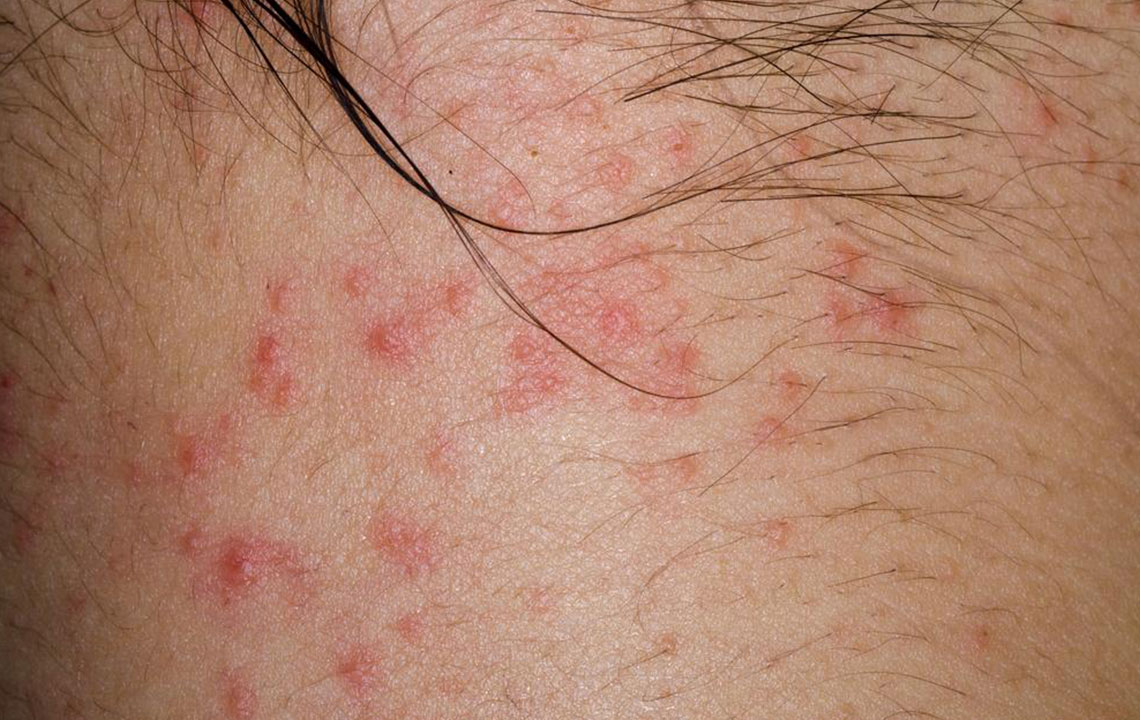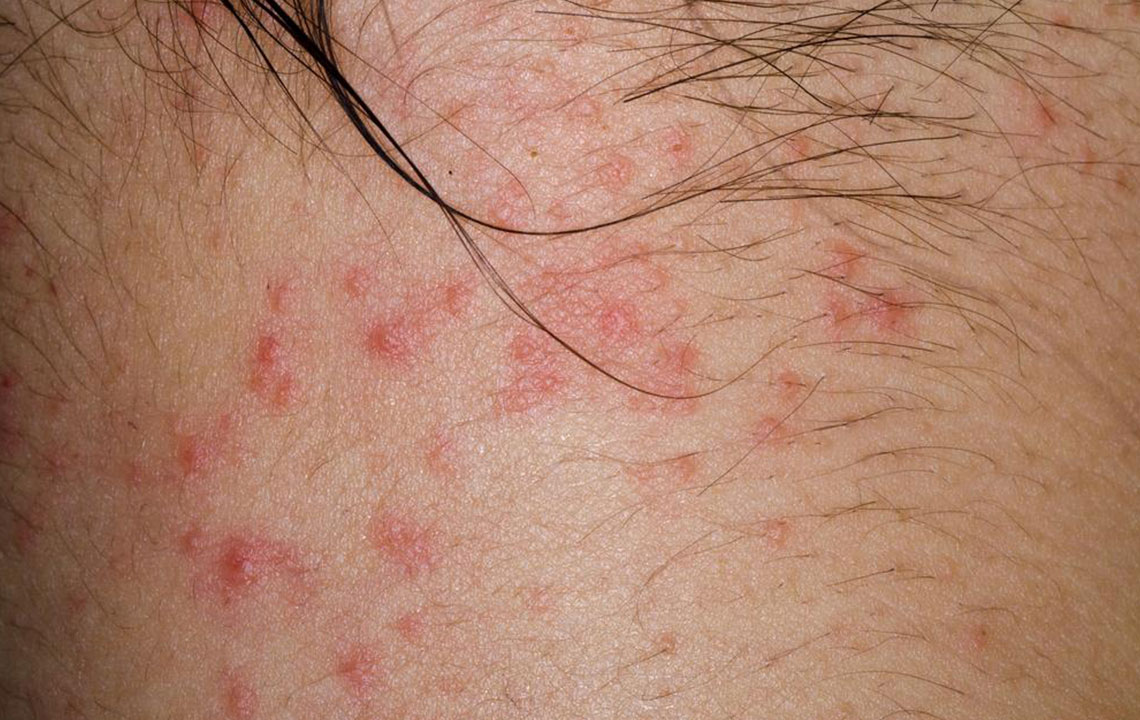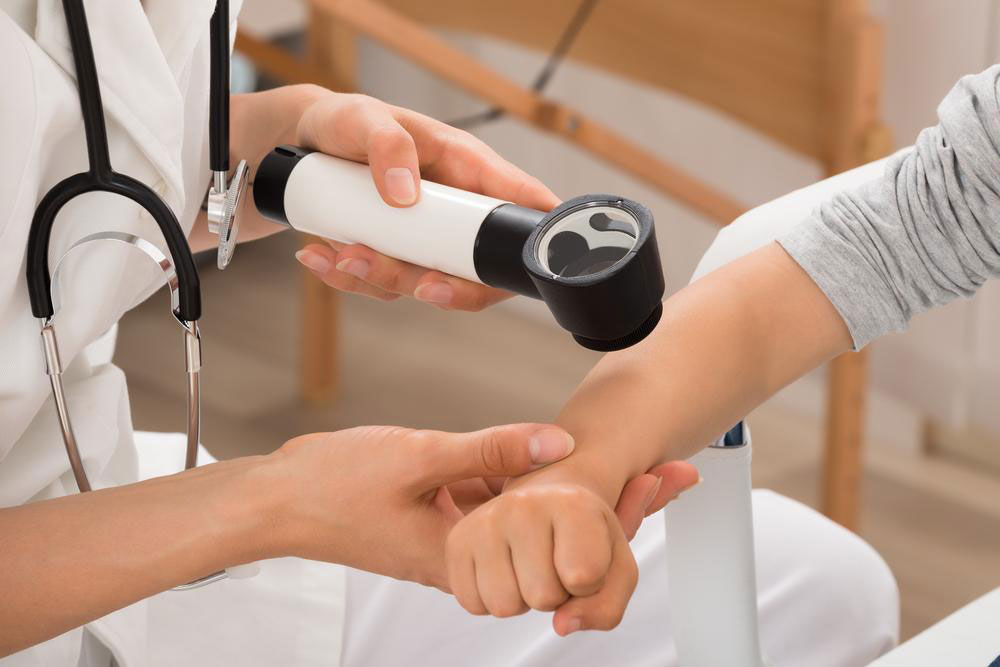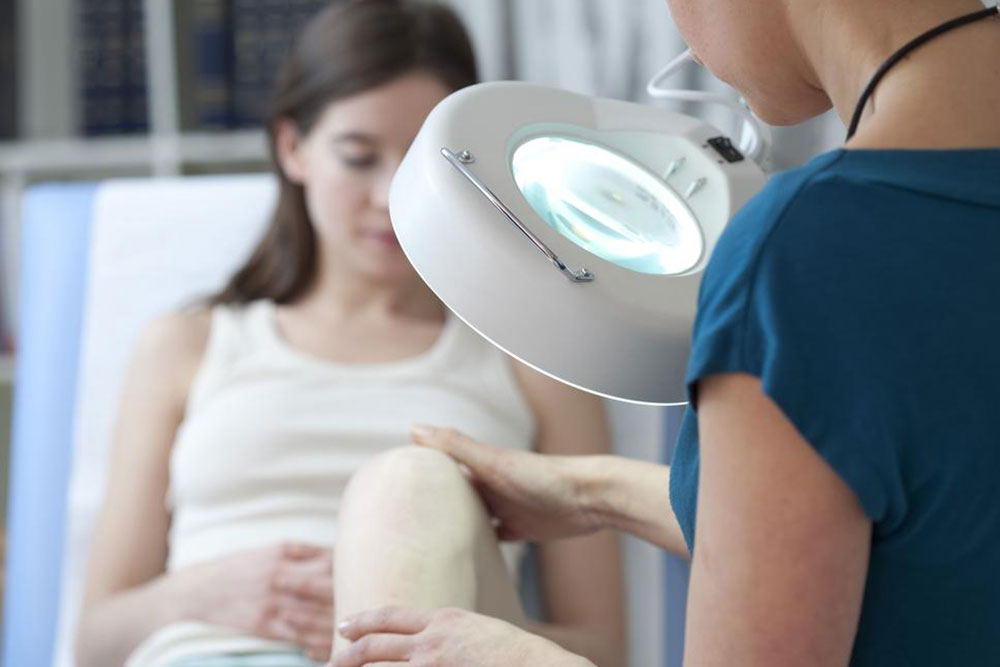Comprehensive Guide to Managing Atopic Dermatitis
This article offers an in-depth overview of atopic dermatitis, highlighting its symptoms, causes, and management strategies. It provides helpful visuals and expert advice to aid in recognition and treatment. Learn about how this common skin condition affects different age groups, triggers, and effective methods to control flare-ups. Though incurable, understanding and proper skin care can significantly improve quality of life for those affected.

Comprehensive Guide to Managing Atopic Dermatitis
Atopic dermatitis is a widespread skin condition affecting many individuals across different age groups. How can you recognize this condition? It typically presents as a distinctive rash, mainly on the back of the knees, covering large skin areas. Reviewing atopic dermatitis images can aid in quick identification. This inflammatory skin disorder often begins in early childhood, particularly under one year old, but it can also affect adults. The affected skin becomes sensitive, flaky, and intensely itchy, often red, swollen, cracked, or scaly. It tends to be persistent, with periods of flare-ups and remission.
The exact cause of atopic dermatitis remains unknown, but multiple factors play a role. It is often hereditary, with children of affected parents at increased risk. The disease is linked to allergies such as asthma and hay fever. Those with very dry or sensitive skin are more vulnerable because their skin struggles to retain moisture and reacts to environmental triggers. Symptoms typically appear on the face and scalp in children, while adults may notice patches on the hands, elbows, or behind the knees. Flare-ups can be worsened by allergens, dust, low humidity, and cold weather. Although it cannot be cured completely, effective management through topical treatments and skin care routines can control symptoms. Consulting a healthcare professional for diagnostics and personalized advice is recommended to prevent the condition from worsening or spreading.










